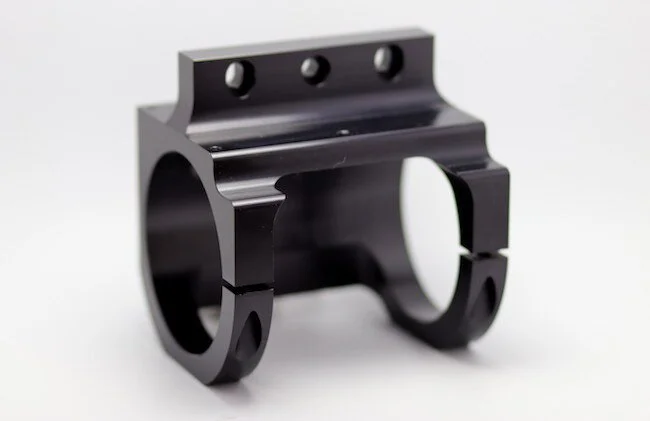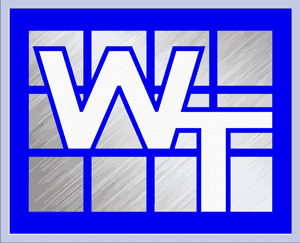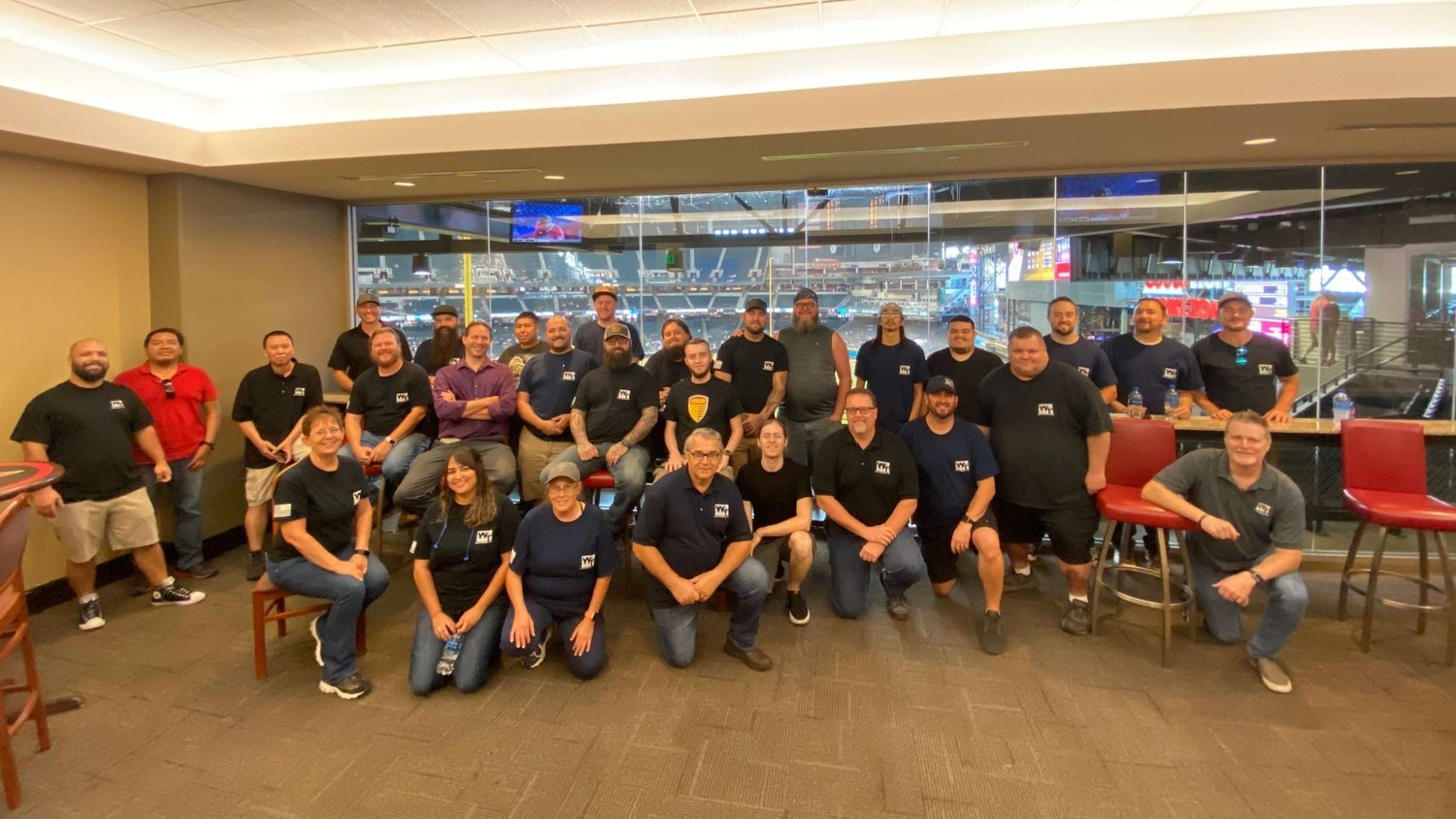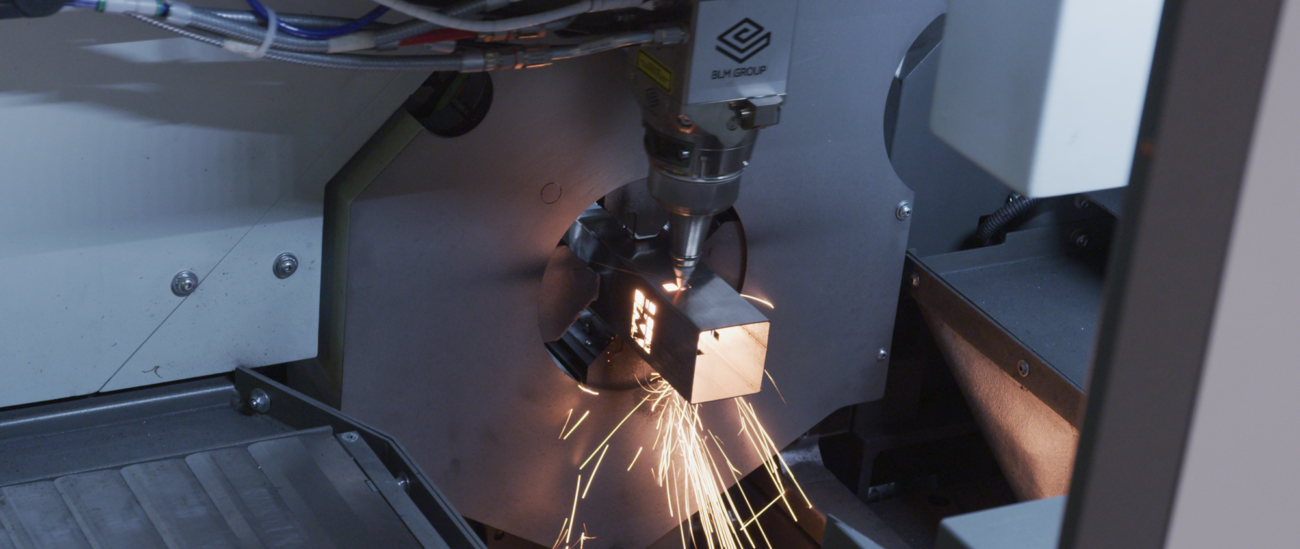At Wal-Tek, we work tirelessly to deliver exceptional results to our customers, not only with the sheet metal fabrication and CNC machining services we offer in-house but also with the finishing services we outsource to trusted vendors.
We strive to facilitate thorough communication with customers and vendors to ensure that all parties are on the same page. A recent experience reminded us of why these conversations are so critical.
Communication Matters in Manufacturing
A few months ago, we subcontracted powder coating services for a series of parts. Our customer initially chose black powder coat for the finish but later asked for a clear powder coat instead.
What he didn’t understand was that black powder coat masks surface imperfections and clear powder coat enhances them. And what we didn’t realize was that the parts were going into luxury homes and had to appear perfect.
Had we asked more questions about the parts’ end use up front, we could have devised a solution to prevent an unsatisfactory result.
Critical Considerations for Finishing Services
Many customers are unsure about the benefits and limitations of different finishing methods, and it’s our responsibility to inform them of the range of options. Here are the factors we consider to help customers choose the best finishing type for their needs.
Part goals

First, we need to know as much as possible about a part’s end-use application. We frequently receive orders for parts that include few details about the environment in which the part is designed to function.
While a lack of context is not always an issue in the precision machining or sheet metal fabrication stage, it introduces a greater degree of risk when it comes to finishing.
Appearance vs. functionality
Are your goals for your part primarily aesthetic? If so, you will likely benefit most from a treatment like powder coat or wet paint, which produce attractive finishes in a range of colors. However, if you need a specific functional characteristic, such as corrosion resistance, a plating treatment like anodize is likely a better fit.
Part class
Part class impacts not only the cost of finishing services but also sometimes informs the finishing type. Class A parts, for instance, are often externally facing and require the highest level of surface uniformity, making anodizing the optimal choice.
Sharing details about part class—as well as any other fixed specifications—enables us to choose the appropriate finish and provide an accurate quote.
Color and sheen requirements
While plating treatments like chromate or anodize can give your part a uniform, blemish-free surface, they don’t offer the same range of color options as powder coating. This limitation can become problematic when trying to match a certain color to that of a preexisting part or a company logo, for instance.
The golden sample
There is a standard assumption that the color black will always look the same. But there are actually quite a few variations of black—a fact that can become glaringly apparent under bright shop floor lights. What may have appeared black to a vendor can appear dark gray to the precision machine shop or their end customer.
That’s why we strongly recommend providing a golden sample—an approved sample of your part in the exact color and sheen you desire—when submitting a part order. Specifying exact pantones in your print also ensures that all parties are in alignment regarding color.
High-gloss versus textured
A high-gloss finish may give your part a luxurious appearance, but achieving this effect can be challenging.
High-gloss finishes highlight surface imperfections, so a more expensive finishing method will likely be required to achieve the desired effect. Even then, tiny dust particles in the air can compromise the appearance of a high-gloss powder coat.
When possible, consider a textured paint or powder coat instead.
Color consistency
If your part will mate with another part or is one of several in a series, color consistency may be more important than it is with one-off parts.
The appearance of anodized parts, for example, can vary considerably from batch to batch, so special care must be taken to achieve color consistency.
Looking for a full-service manufacturing partner that offers quality from start to finish? Request a quote from Wal-Tek today!




